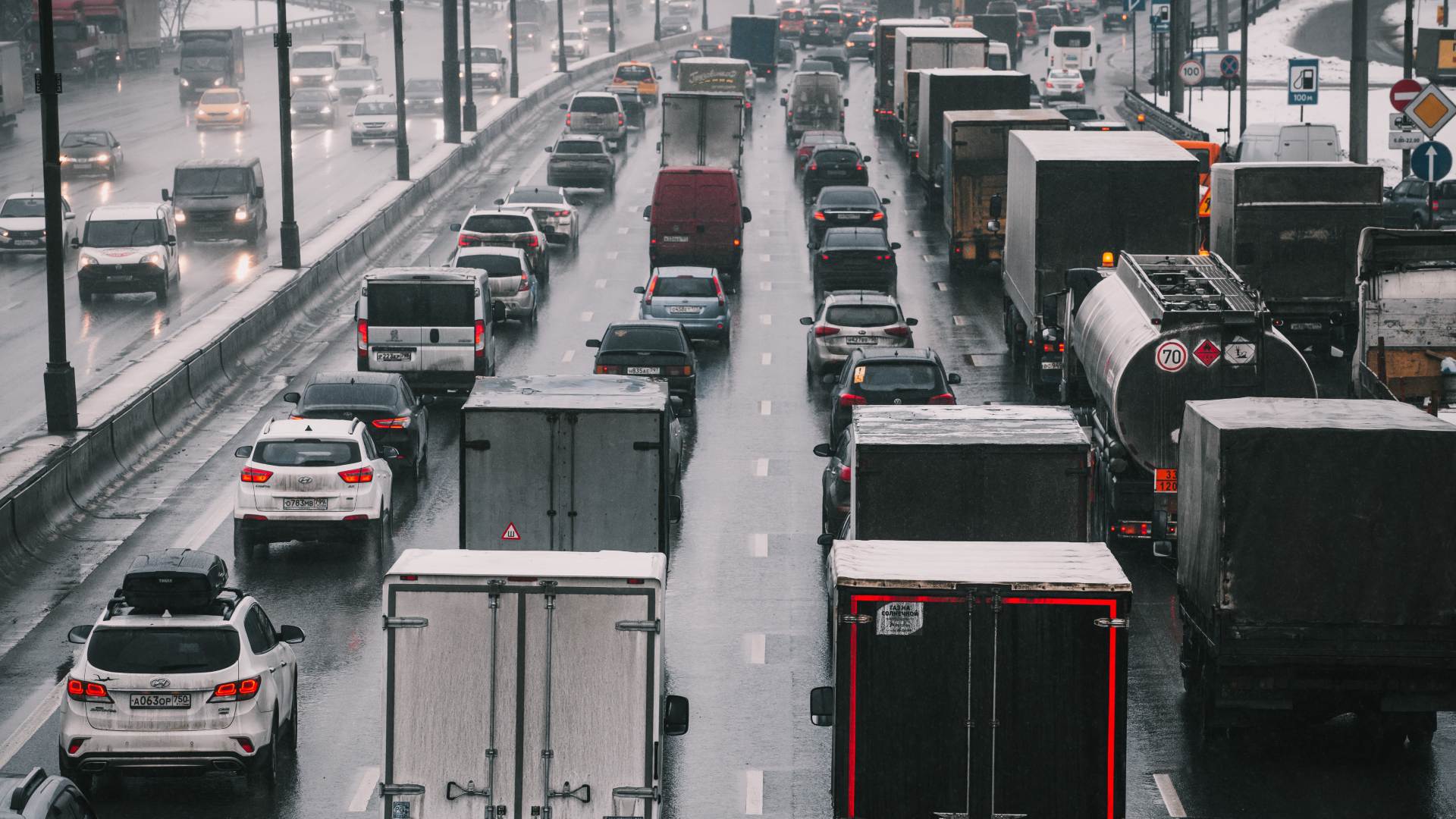How to Reduce Traffic Congestion in Cities
A side effect of an ever-increasing world population, traffic congestion is a major problem in many cities worldwide. Traffic congestion contributes to an essential portion of working hours spent trapped on the roadway, which not only serves as a source of daily frustration and stress for commuters but can also harm the environment and economy. From encouraging carpooling to implementing intelligent traffic management systems, we discuss how to reduce traffic congestion in cities for improved movement efficiency.
1. Promote Public Transport
Public transportation systems like trains and buses can carry large amounts of people, significantly reducing the number of cars on the road. Cities can reduce traffic congestion by making public transport more accessible and attractive to commuters by lowering fares, increasing the frequency of vehicles, and improving the service quality. Walking and cycling can also be encouraged as alternative methods of travel by providing safe and well-lit infrastructure like dedicated cycle lanes or walkways.
2. Implement Road Pricing
Road pricing charges drivers according to their use of roads, especially during peak hours. This can discourage drivers from using their cars during congested times in favour of other forms of transportation, reducing the number of vehicles on the road. Cities can reduce traffic congestion by implementing different road pricing schemes, such as congestion charges, tolls, and pay-per-mile systems.
3. Increase Telecommuting
Telecommuting or working from home can reduce traffic congestion in cities significantly. By working remotely, employees do not need to commute to their workplace, reducing the number of cars on the road. This method also brings benefits such as an improved work-life balance, reduced commuting costs, and lower carbon emissions. Employers and employees can work together to implement telecommuting policies, such as having regular virtual meetings and providing the necessary equipment for remote work.
4. Encourage Carpooling
Carpooling involves sharing a ride with one or more passengers with a similar destination, while car-sharing involves renting a car for a short period. Commuters can cut down on the time they spend driving their cars or forgo the need for personal vehicles entirely. Carpooling and car-sharing feature benefits such as reduced commuting costs, improved social connections, and lower carbon emissions. Cities can reduce traffic congestion by developing dedicated apps to facilitate the process and offering incentives for using them.
5. Introduce Smart Infrastructure
Introducing smart infrastructure like the Smart Radar, which uses sensors for vehicle and traffic tracking, can help improve traffic flow and reduce congestion. The data collected by this intelligent traffic management system provides drivers with real-time information on traffic updates and alternative routes to help them plan their journey more effectively.
Beat Traffic Congestion with Smart City
Traffic congestion is a significant issue affecting people, the environment, and the economy. We must take action to improve traffic flow and create a better quality of life for all. Smart City is the solution for cities of the future. Our innovative and futuristic solutions are sustainable and help improve the lives of everyday citizens. Want to learn how to reduce congestion in your city? Contact us for more information on our products and services, and we’ll help you take the first step.

